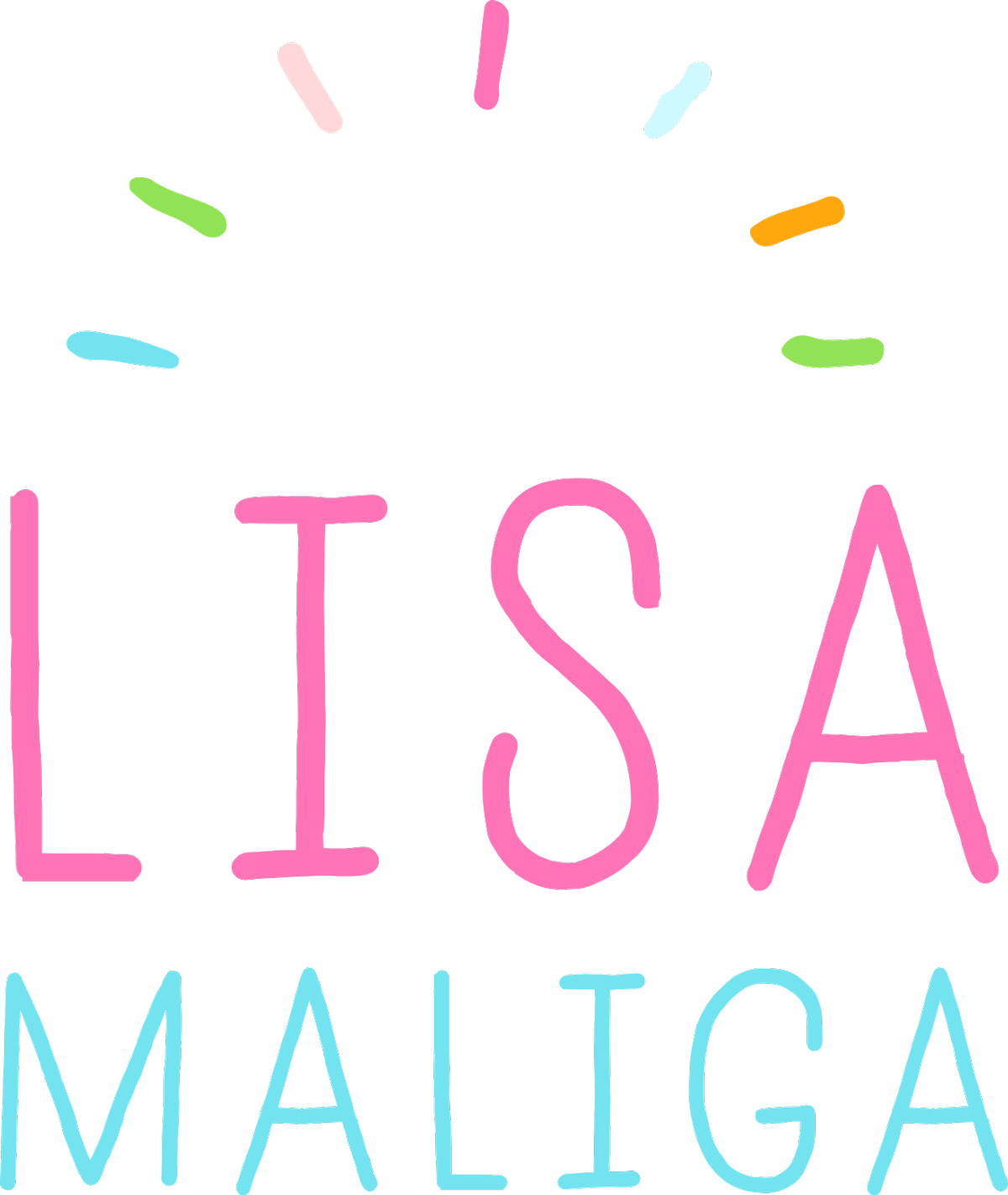Ylang Ylang Essential Oil: Truly Tropical
By Lisa Maliga
Copyright 2008-2013
Ylang ylang, pronounced ee-lung ee-lung, is as exotic sounding as the tropical regions from where these fragrant flowers originate. The name means, “flower of flowers” and the abundantly sweet flowers are pink, mauve or yellow, colors frequently seen during sunrise and sunset. These trees flourish in the tropics; the islands of the South Pacific, and near the coast of southeast Africa: the Comoro Islands and Madagascar.
Please be aware of the fact that this is an aromatic plant that needs to be used sparingly. Too much ylang ylang and you’ll get a headache.
Ylang ylang is reminiscent of another tropical floral star in aromatherapy, namely jasmine. It has been dubbed the “poor man’s jasmine” as the lower grades of ylang ylang are priced in the single or double digits. The botanical name [Cananga Odorata var. genuine] is derived from the Malaysian word, “kenanga” which is the vernacular for the genus. “Odorata” means fragrant.
[In the above photo, the soap contains ylang ylang essential oil.]
Grades of Ylang Ylang:
As with any essential oil, the higher the price the higher the quality. And Ylang ylang, unlike many other essential oils, has several different grades [or fractions] ranging from the costly Ylang Ylang Superior Extra down to the least expensive, Ylang Ylang III.
Ylang Ylang Superior Extra – This is an extraordinary form of ylang ylang which is considered by experts to represent the finest notes of this lovely floral. Found on Mayotte Island off the coast of Madagascar, this grade of oil is from certified organically grown flowers.
Ylang Ylang Complete – This grade is comprised of all fractions of the ylang ylang essential oil from the Extra to Grades I, II, and III.
Ylang Ylang Extra – The most floral smelling of the grades. This grade is recommended for perfumers as it is the most full-bodied and has spicy background notes. It is taken from the initial distillation where the petals are only distilled for one hour.
Ylang Ylang I – A very nice floral and the perfect introduction to this flower essential oil. This is the first distillation, obtained during the second to third hour of distillation.
Ylang Ylang II - This is the second distillation, obtained during the third to fourth hour of distillation.
Ylang Ylang III – Having been distilled for at least a day, the resulting grade of ylang ylang is the heaviest in scent. This grade is best used for aromatherapy beginners on a budget or to scent soap, candles and other bath and body products.
Ylang Ylang CO2 – Distilled by CO2 [carbon dioxide], when a certain amount of pressure is applied the gas changes to liquid; thus, this is one of the safest ways to extract oils. Most ylang ylang extracted in this manner is quite expensive.
Ylang Ylang Absolute – This method of extraction is done by alcohol washing of the concrete obtained from the ylang ylang petals. Done primarily in France from the Comoro Islands flowers, the pale yellow oil has a balsamic undertone. Absolutes are outstanding for perfumery due to their long-lasting aroma.
Benefits of Ylang Ylang:
Ylang Ylang is a calming, soothing essential oil that helps alleviate stress. It also helps high blood pressure and decreases nervous tension. Is an excellent balancing oil for oily or dry skin. Ylang ylang has been reputed to stimulate hair growth and is a natural conditioner. Julia Lawless, author of “The Illustrated Encyclopedia of Essential Oils,” writes: “In the Victorian age, the oil was used in the hair treatment Macassar oil.”
Blending Ylang Ylang:
As it’s such a strong aroma, it blends beautifully with any type of orange essential oil which includes bergamot, neroli, mandarin or blood orange.
You can also mix it with lavender, rose, sandalwood, patchouli or any sage essential oils.
Uses for Ylang Ylang:
Bath soak ~ All you need is one or two drops in your bathtub of warm to hot water and you should find yourself relaxing.
Candle ~ Add a few drops to a candle, next to the wick, not on it as essential oils are flammable. Ylang ylang will fill the room with its exotic floral aroma and relaxation should follow.
Hair ~ Add one or two drops to your hairbrush and brush your hair. Not only will it smell great, doing this helps to condition it naturally. Also, Ylang ylang is believed to stimulate hair growth.
Slip away on a tropical vacation as you inhale the heady floral bouquet. While not all of us can board a plane and benefit from a tropical vacation, for only a few dollars we can buy a ylang ylang scented product and transport ourselves there via the imagination.

